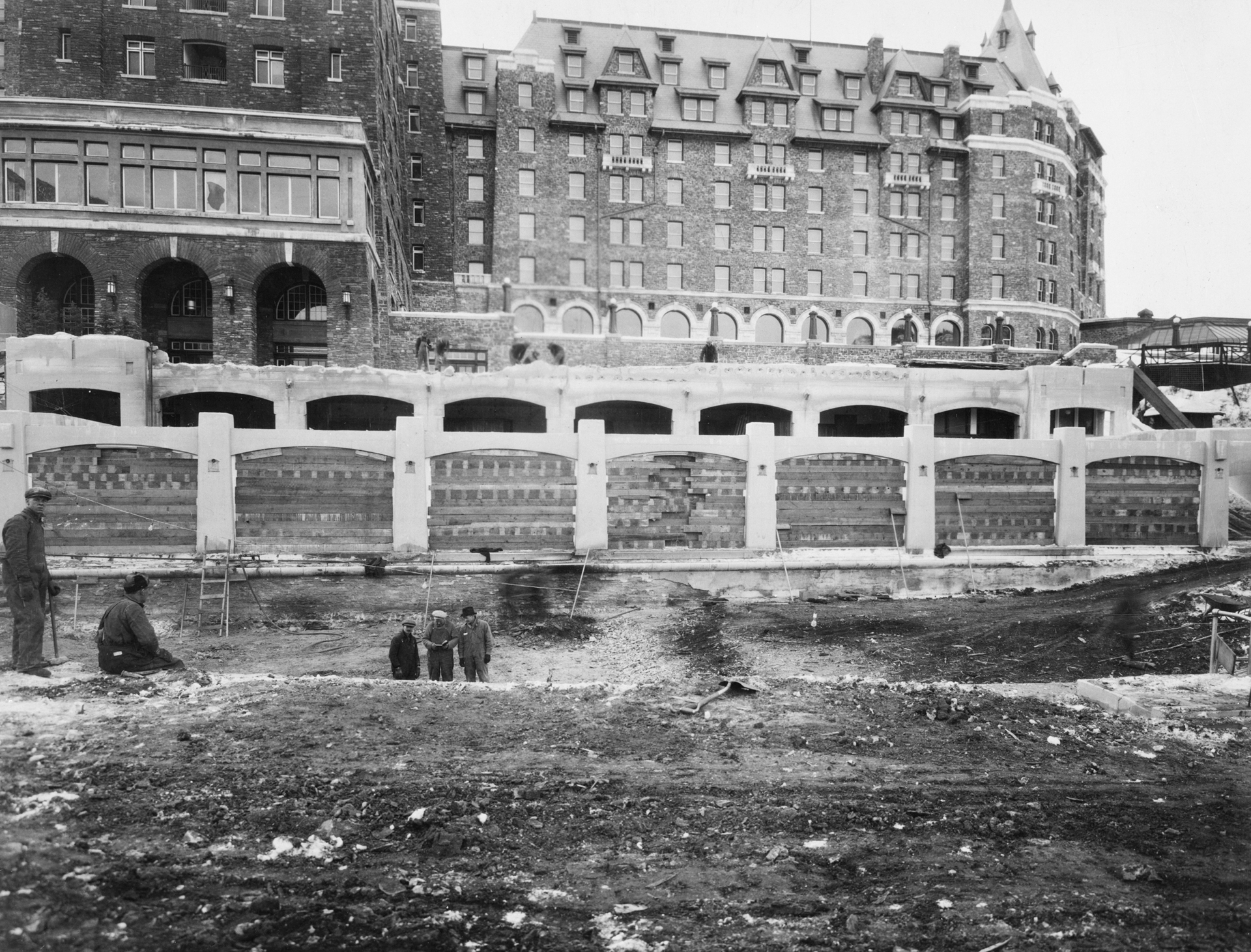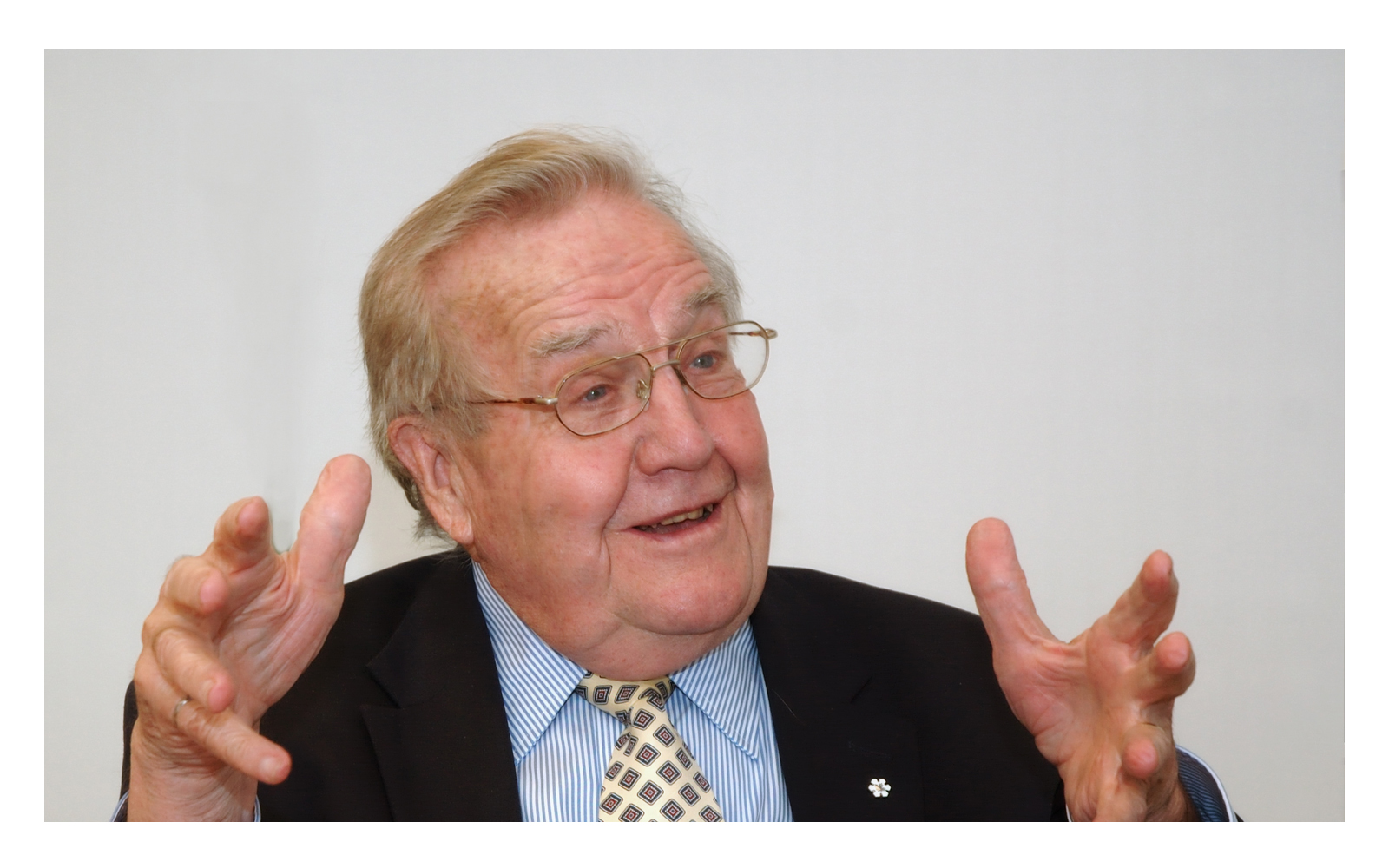Photo courtesy of Brian Thicke, P.Eng.
Engineering Detectives Keep Albertans Safe
When we think of engineering, we often consider something being designed, created, or constructed. But there’s a lesser-known subset of the profession that sounds more like what you’d see on CSI: Crime Scene Investigation—forensic engineering.
Forensic engineers are called in when things go wrong. These professionals investigate failures—of products, structures, systems, and more—to find out exactly what happened and why. They gather and interpret evidence from the scene, test equipment and materials, review witness statements, and apply the laws of physics to find out what’s possible and what’s not.
“Forensic engineering is a negative type of engineering,” explains Brian Thicke, a retired professional forensic engineer. “By this, I mean you don’t try to make something work. Instead, you try to figure out why something didn’t work.”
Armed with an understanding of what caused an accident, the forensic engineer can suggest changes to prevent that same accident from happening again. They may also testify in court, where they rely on training, experience, skills, and a careful analysis of the evidence to share their expert opinions with the judge.
Brian Thicke, P.Eng., gets a helicopter ride to photograph an accident scene. Drones can often provide an image, but some circumstances require an expert to personally view the area of interest.

Photo courtesy of Brian Thicke, P.Eng.
Improving safety from behind the scenes
You might have come into close contact with the work of a forensic engineer without even knowing.
Those metal barriers along the outside of curves in a highway? “Alberta now buries the ends of those to prevent cars from running into them and getting skewered on the barrier. This is a direct result of an engineering opinion on how simple it would have been to prevent a highway fatality,” says Thicke.
And work is carried out more safely due to improvements in industrial rules, operating procedures, training, maintenance, and design: “As a result of detailed investigations of several H2S-related deaths, all sour-gas workers now receive H2S Alive training and Alberta’s Occupational Health and Safety standards have been improved.”
Forensic engineers are often called to accident scenes to determine what went wrong, such as what caused this massive car pileup on Highway 2.
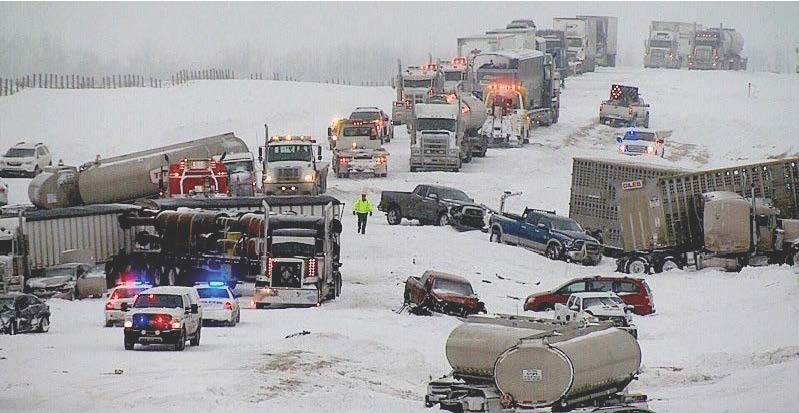
Photo courtesy of Anderson Associates Consulting Engineers
Cultivating wide horizons
Thicke says the size and type of cases forensic engineers take on can vary, from minor workplace accidents to multimillion-dollar mishaps, so it pays to be skilled in multiple areas.
“It helps to be a generalist in Canada so you can investigate a lot of different accident types. You could easily investigate more than 100 different accidents in a year on behalf of lawyers, insurance companies, large and small corporations, individuals, and Occupational Health and Safety. They will all be different and will require different skills, even if you specialize in investigating only in one field, such as electrical or mechanical or civil engineering incidents.”
Industrial accidents are also in the purview of forensic engineers, such as the one that occurred at this plant.
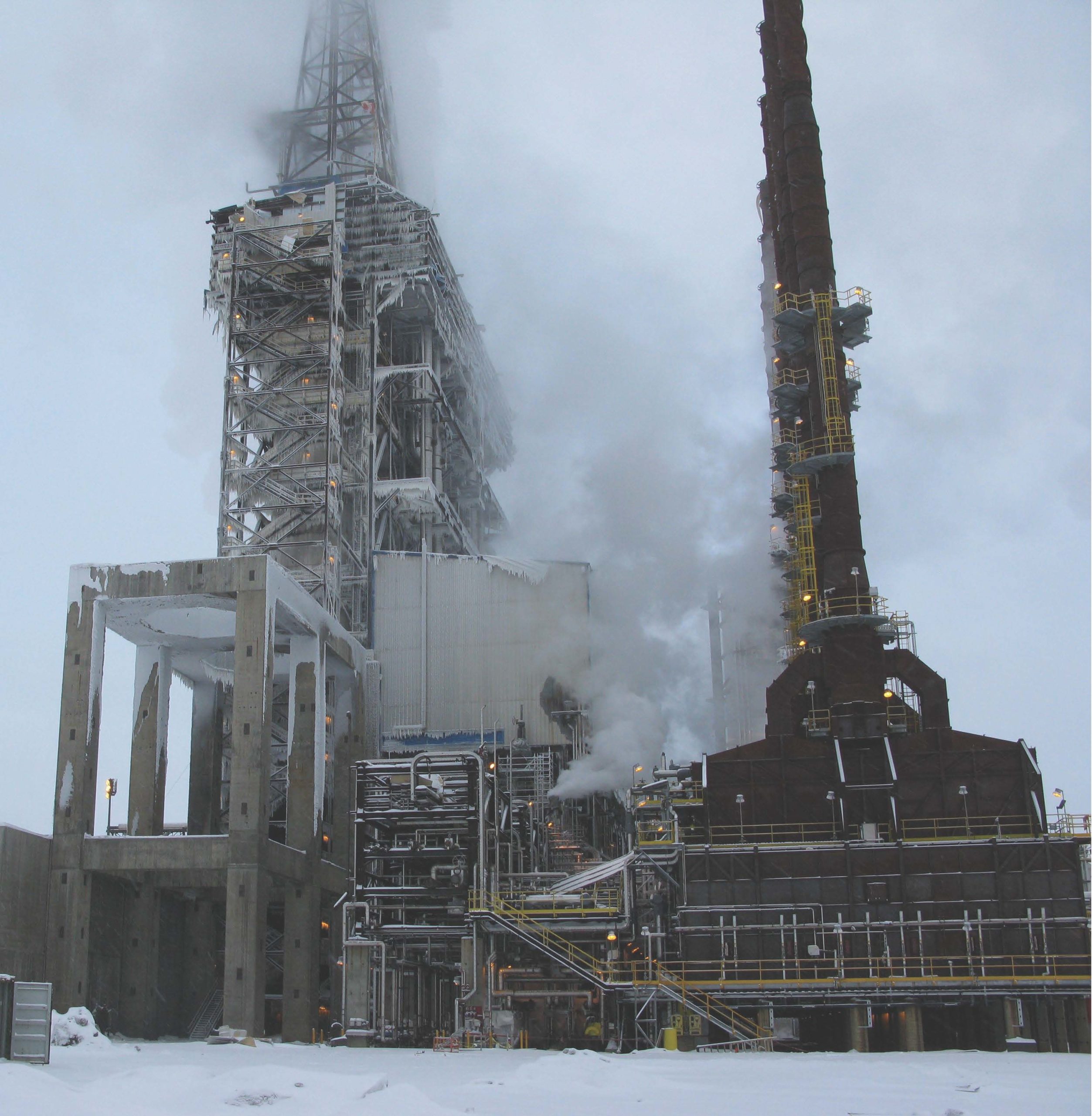
Photo courtesy of Anderson Associates Consulting Engineers
Investigating an engine failure at an oil sands plant.
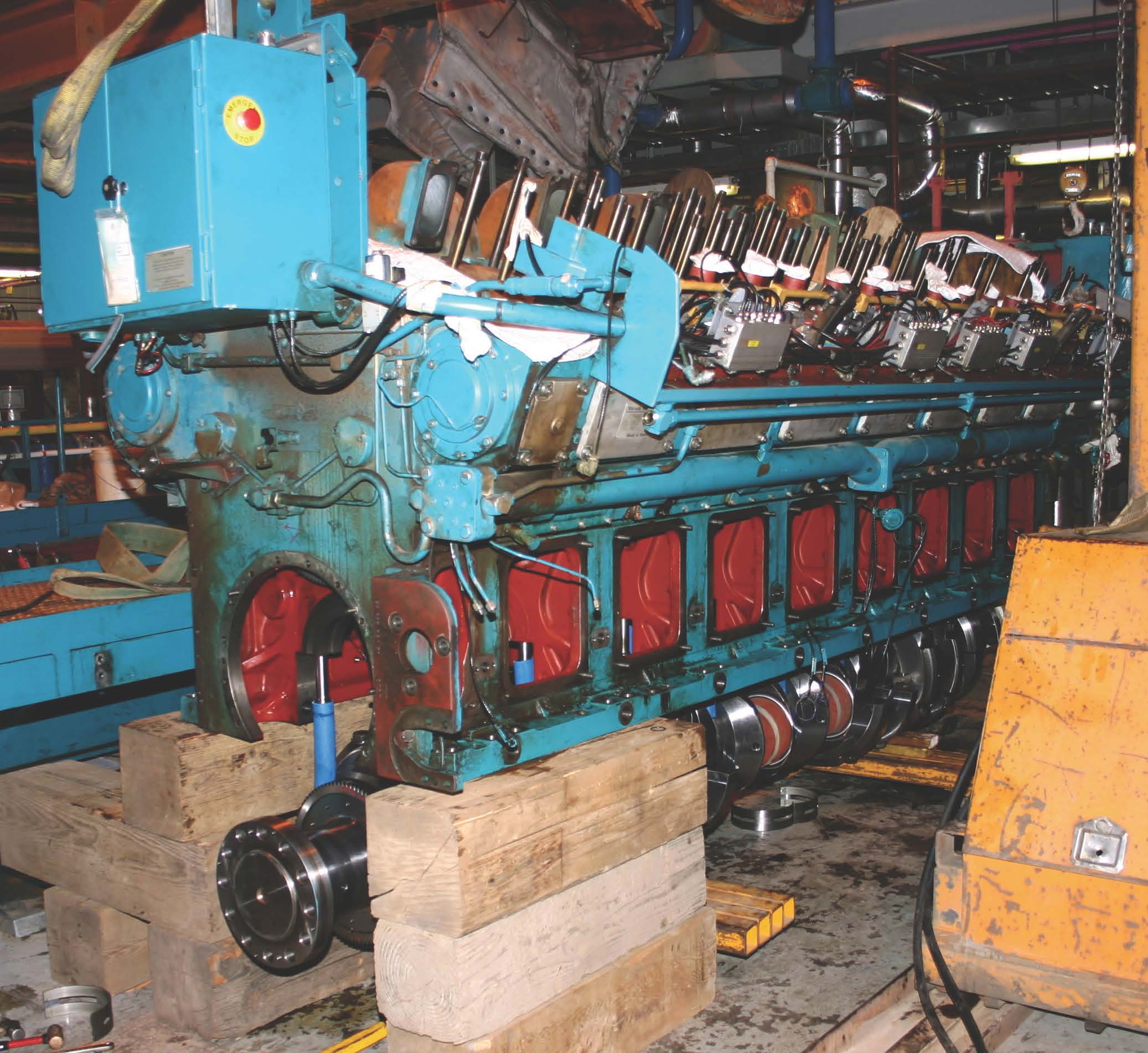
Photo courtesy of Anderson Associates Consulting Engineers
All in a day’s work
Failures are inevitable, but Alberta’s forensic engineers keep Albertans safe by helping prevent accidents from repeating and by providing the legal system with technical tools to make better judgements. At the end of the day, Thicke says, the work can be time consuming, but it can also be very meaningful.
“When you find the piece of evidence that cracks a case for your client and can explain the significance of that evidence so people change their entrenched views, it has been a good day.”
After a home blew up in Edmonton, professionals were called in to determine what caused the explosion.

Photo courtesy of Anderson Associates Consulting Engineers
Investigating the cause of a house fire.
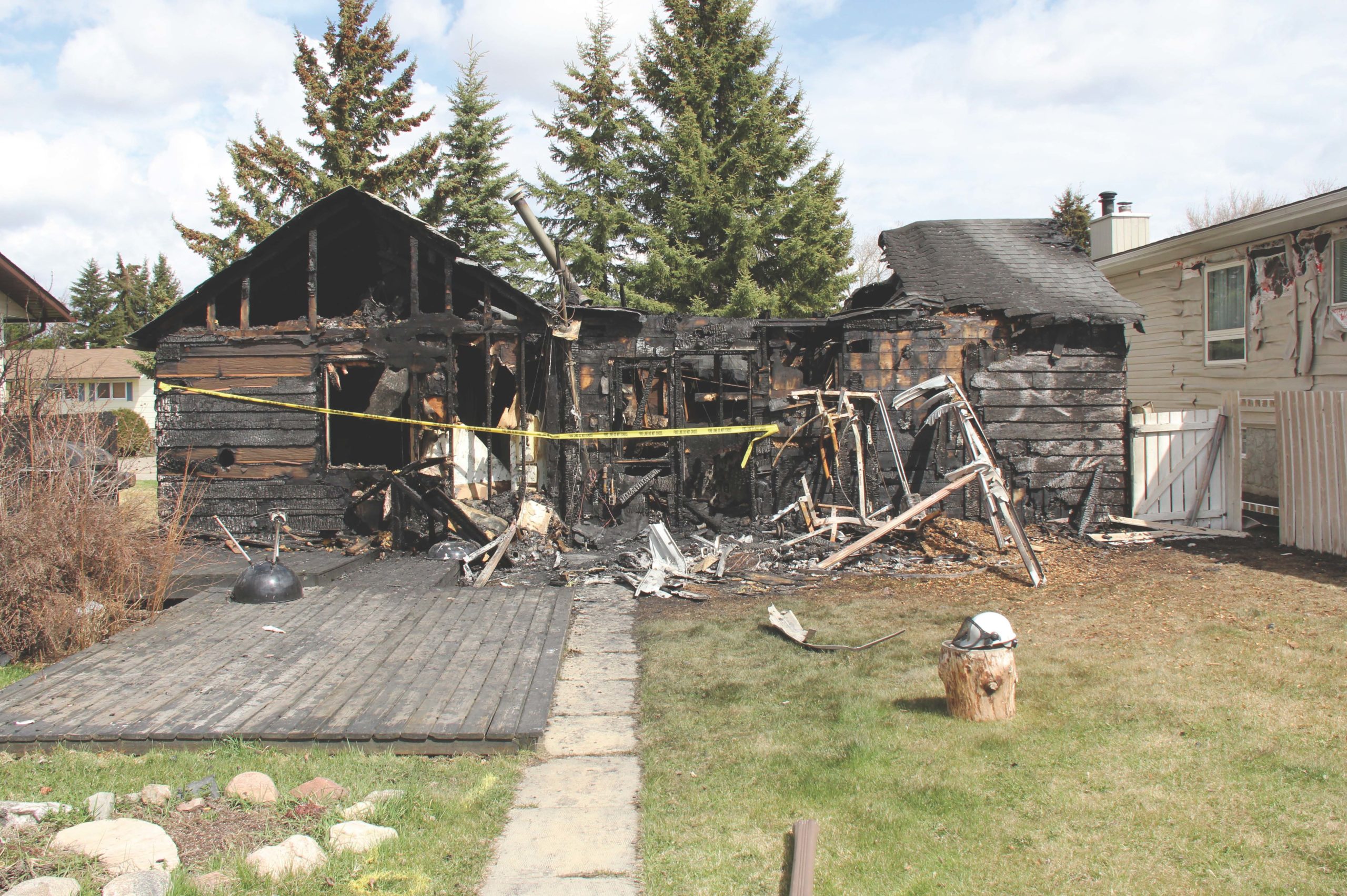
Photo courtesy of Anderson Associates Consulting Engineers

